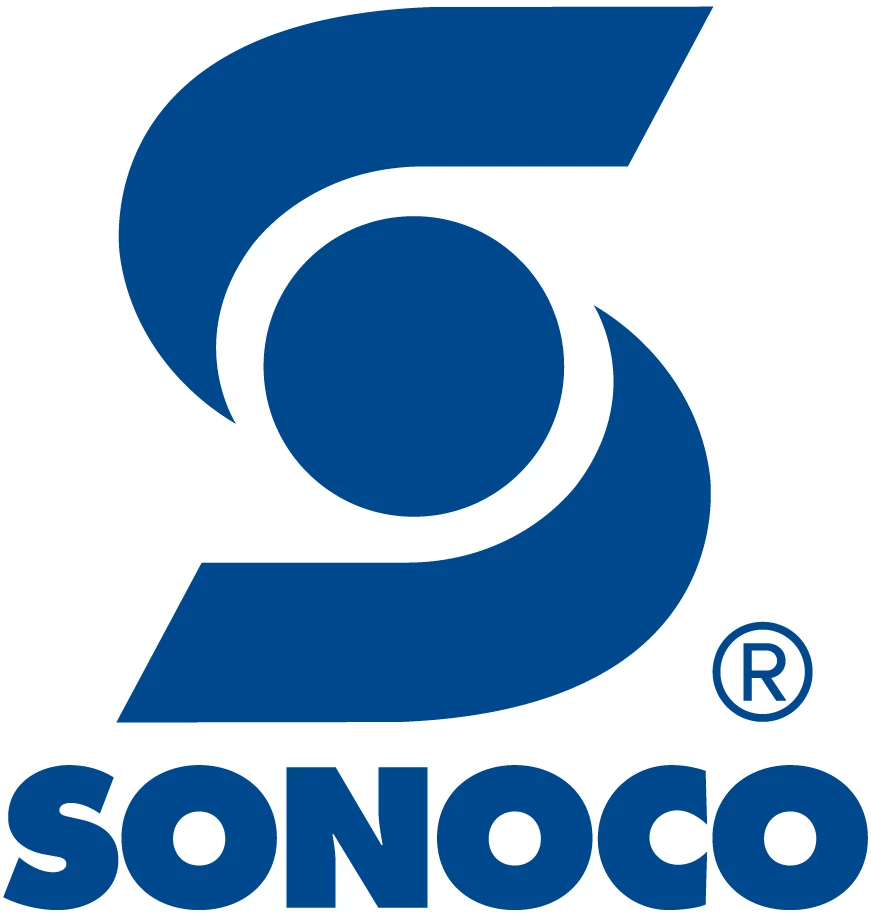Making the Switch from PVC Blister Packaging
Used to package everything from cosmetics to lightbulbs, polyvinyl chloride (PVC) is an incredibly versatile material. PVC blister packaging offers strong protection of the product while also maximizing visibility so that consumers can get an up-close view of the product. This is a tested and proven feature that increases curiosity and draws attention to the product.
While PVC remains the traditional choice for blister packaging, it’s not the only choice. Recent economic and environmental shifts are pushing some brands to think outside the box to find a PVC alternative for their blister packaging.
First, we’ll dive into some of the reasons why brands are considering shifting away from PVC, and then we’ll talk about what you need to know about making the switch from PVC blister packaging.
Why Brands are Shifting Away from PVC
Market pressures over the past year have caused brands to shift away from PVC for blister packaging. Prior to 2020, PVC pricing had been stagnant for some time, and it was generally readily available. But as the pandemic influenced the housing market to heat up and the construction market continues to buy more PVC, the price has increased dramatically, and it’s become harder to find.
Pandemic-related changing consumer behaviors compounds the problem: Do-it-yourself home improvement projects spiked during lockdowns, and people shopping online and having their purchases delivered drove up the cost of transportation.
PVC Blister Alternatives
With unprecedented demand for PVC driving up the price per pound, brands are looking for alternatives. For decades, PVC has been the go-to material for blister packaging primarily because of its price and durability, but today there are several other PVC blister alternatives that offer the same protections.
Polyethylene terephthalate (PET) and recycled polyethylene terephthalate (RPET) are strong alternatives to the traditional PVC blister. Commonly used for soda bottles, PET and RPET are known for their toughness and transparency, making it easy for consumers to see what’s inside the packaging. For brands with high sustainability goals, PET and RPET make smart options because they’re easily recycled. PET products usually carry the #1 recycling label and are accepted by most recycling programs in North America.
Paper, another alternative to PVC, is an even more sustainable option for blister packaging. Sonoco’s EnviroSense® PaperBlister™ is an all-paper blister package that’s lighter than PVC, PET and RPET packages and offers the same protection you expect from Sonoco products.
Learn more about PaperBlister, our plastic-free alternative to traditional blister packaging.
Making the Switch
If you’re concerned about the price or availability of PVC for your blister packaging, it’s time to consider a switch. Brands new to PVC alternatives have many questions. Here are just a few questions we frequently get from our clients:
Will the alternative blister be as strong as PVC?
PET and RPET are extremely strong PVC alternatives and are used for a wide variety of products, including drink bottles, toothpaste tubes and more. PET containers have a high strength-to-weight ratio and are virtually shatterproof, so you don’t have to worry about them breaking.
Can PET or RPET help us reach our sustainability goals?
Yes, PET and RPET are easily recycled and accepted across much of the world, including North America, Europe and Asia. RPET products can be recycled into insulation, backpacks, shoes and more. Our all-paper alternative, PaperBlister, is designed and engineered to promote reusability, compostability and packaging optimization.
Do I need new tooling when converting from PVC?
It depends. Factors affecting tool utilization for moving from PVC to other materials include the age of the tool and mold geometry. Many well-engineered blister form tools are designed to run either PVC or PET, however, every blister has its unique features which may or may not allow for a seamless changeover. It is best to discuss your tool with your design engineer. In many cases, the switch could be fast and seamless!
Will I lose productivity in the switch?
PET and PVC run at the same speed with solvent-based coatings. However, if you’re using a water-based coating and running your machines at full speed, PET runs slightly slower on your sealing machines than PVC. But in most real-world situations, our customers can run PET at the same rate that they previously ran PVC.
Are you ready to make the switch? Email Alloyd@sonoco.com to arrange a discussion to learn how you can make the switch from PVC to PET blister packaging

